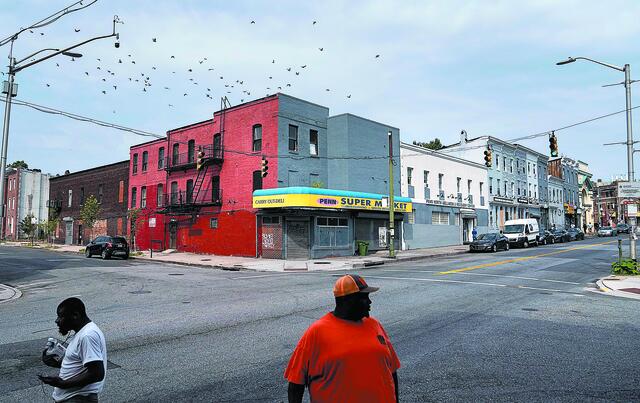The analysis of social problems, such as juvenile delinquency, always depends on the vantage point – on whether one places greater emphasis on the causes or the symptoms.
If one focuses on the symptoms, looking at case studies is the best way to approach an issue and draw conclusions.
The generation gap and trends among youth are described as variables, the handling of which is a panacea.
Even poverty is viewed as the root cause, but recent incidents paint a different picture.
Only when one views the problems of our youth with a microscope rather than a magnifying glass can one find root causes and analyse a multi-faceted phenomenon.
Obviously, the pandemic magnified both reactions and symptoms, and it still functions as a spawning ground of dissatisfaction that has reached the boiling point.
We must delve more deeply into issues such as the relations of young people with their family, schools, society and politics, and the way each person seeks a place in the sun.
Impoverishment and an anti-systemic ideology are often described as the causes, but that is a facile interpretation that does not reveal the true components of the problem.
We must not once again fail by allowing anger and personal need become the motive force.
Often, it is more difficult to begin a dialogue with young people, whom we describe as distant and unrecognisable, than to manage an outburst of violence.
It is not they that are “spaced out”. We are.























![ΗΠΑ: Χαμός με το «ιπτάμενο παλάτι» που θα δωρίσει το Κατάρ στον Τραμπ [εικόνες]](https://www.tanea.gr/wp-content/uploads/2025/05/pexels-pixabay-46148-1024x768.jpg)






